Search
Remove Ads
Advertisement
Summary 
Loading AI-generated summary based on World History Encyclopedia articles ...
Search Results

Definition
Atalanta - The Huntress of Greek Mythology
Atalanta is a figure from Greek mythology famed as a huntress, wrestler, and runner. The heroine was a key participant in the Calydonian boar hunt, striking the first wound in this fearsome beast with her bow. Long-determined to remain a...
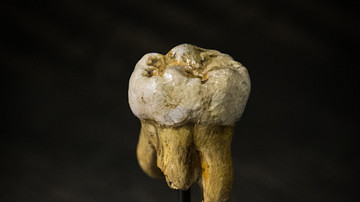
Definition
Denisovan
The Denisovans are an extinct group of fossil humans who, along with their sister group the Neanderthals, also share an ancestor with Homo sapiens. Thus far, they are known only from Denisova Cave in the Altai Mountains in Siberia, where...

Definition
War of 1812
The War of 1812 (1812-1815), referred to by some contemporaries as the Second American Revolution, was fought between the United States and the United Kingdom. Often remembered only as a sideshow to the Napoleonic Wars, the war had some long-term...
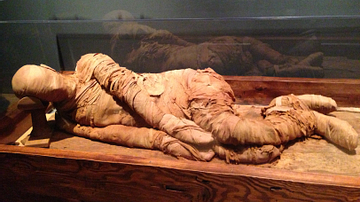
Image
Egyptian Mummy
An Egyptian mummy displayed in Emory University's Michael C. Carlos Museum in Atlanta. The mummy is that of a man who lived during the Old Kingdom period of Egypt, in c. 2300 BCE. The mummy was discovered by Emory theology professor William...
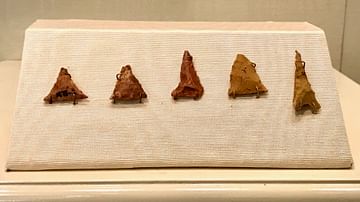
Image
Mississippian Culture Projectile Points
These stone projectile points date from c. 900-1540 CE and were made by members of the Mississippian culture, which flourished in what is now the United States from c. 900-1500 CE. This set of artifacts were curiously uncovered by the U.S...
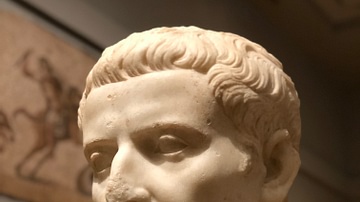
Image
Tiberius, Michael C. Carlos Museum
A colossal marble bust of the Roman Emperor Tiberius (r. 14-37 CE), probably from a public building. Housed at the Michael C. Carlos Museum at Emory University, Atlanta, Georgia.

Article
Early Human Migration
Disregarding the extremely inhospitable spots even the most stubborn of us have enough common sense to avoid, humans have managed to cover an extraordinary amount of territory on this earth. Go back 200,000 years, however, and Homo sapiens...
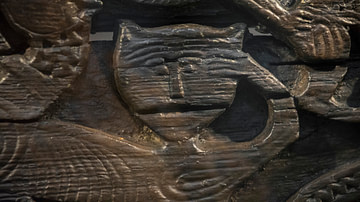
Article
Norse Pets in the Viking Age
Pets were as important to the Norse of the Viking Age (c. 790-1100 CE) as they were to any other culture, past or present. The Vikings kept dogs and cats as pets and both feature in Norse religious iconography and literature. The Norse also...
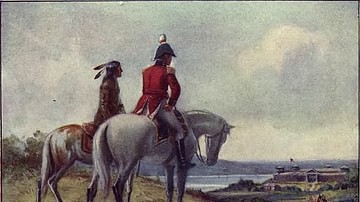
Article
Siege of Detroit
The Siege of Detroit (15-16 August 1812) was one of the first major actions of the War of 1812. After a botched invasion of Canada, a US army retreated to Fort Detroit, where it was besieged by British and Native American forces under Major...
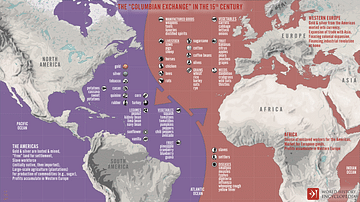
Definition
Columbian Exchange
The Columbian exchange is a term coined by Alfred Crosby Jr. in 1972 that is traditionally defined as the transfer of plants, animals, and diseases between the Old World of Europe and Africa and the New World of the Americas. The exchange...